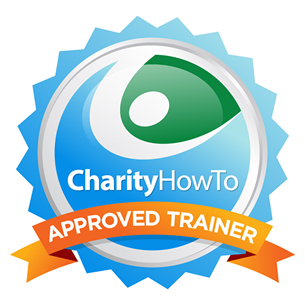The number one reason donors do not give aside from not being asked is that they are not provided a problem to solve. Or at least a problem that they understand why they need to solve it.
It is in their donor “Calls to Action” that a slight tweak or two can make a substantial difference.
Below are the steps that I recommend to my clients after reviewing their Calls to Action:
- Have a “Call to Action!” I see far too many so-called appeals that never get to an actual “ask.” They often sound more like acknowledgment letters than they do a solicitation letter. Be sure to have an ask.
- More than one instance of that ask throughout your letter would be advisable. At least three asks would be great.
- Don’t save the “ask” until the very bottom of the appeal letter. Just start right in with (and get to the point of), “I am writing today to…”>>Quick station break – article continues below, and you’ll want to get your hot little hands all over my new 7 Tips to Take Back Control of Your Time Guide. Get a copy of your guide here!>>>
- Use emphasis in your solicitation letters, including lots of white space, bold text, and even underline and italics.
- When you make the ask, make the ask. Don’t state an accomplishment and then ask the donor to fund your goodness.
- Give the donor a problem to solve. Donors want to solve other people’s problems. “We are advocating for partner VISA reform on the national level so that your soon-to-be wife will be able to migrate much quicker than what is possible no. We can’t get her here and make substantial VISA processing changes because our grant funding does not support these efforts. We cannot do this advocacy work without YOUR support. Will you help us to reunite families just like yours?”
- Be specific in your asks. Don’t leave out the missing details. If you don’t have enough money to maintain your nature trail system, why is that? And, how is my contribution going to make a real difference towards that aim?
- Don’t assume in your asks. Donors are not specialists in the field. They are not program people. When seeking emergency funding, explain the reality to the donor about what is happening. For instance, please don’t assume that donors know that people in the Philippines cannot get out of their homes to get food for fear of being stopped by the police. This explanation makes a difference.
- Don’t use links when you can use buttons. Make sure that all of your links and buttons do work. The last thing that you need is to send your donor to a website with a broken hyperlink. Test everything.
- Use the P.S. space as a way to reiterate your Call to Action. And, while you are at it, keep your appeal to a solicitation. Don’t try to sell tickets to your upcoming event, or sponsorships to your gala, or ask for emails for a newsletter sign-up. Your solicitation appeal is just that – a solicitation. Keep it focused and concise.
Don’t make your donors work overtime, trying to figure out what this latest piece of correspondence is. Make a solicitation letter just that and place in that solicitation a direct and robust Call to Action that inspires a donor to give to solve a very real and urgent problem that needs addressing.
Your appeal rate will be boosted, and your client’s needs will ultimately be met.
Photo by Quino Al on Unsplash
For a free, 30-minute consultation, or to learn more about our “Survive and Thrive” professional coaching services, visit us here at www.developmentconsultingsolutions.com/coaching or book your fundraising coaching session at http://calendly.com/developmentconsultingsolutions/30min.
Join my new nonprofit “tribe” who are surviving and thriving! Click HERE to join my private Facebook group: Nonprofit Survive and Thrive Mastermind and receive support and inspiration to drive your results.











Leave a Reply
Want to join the discussion?Feel free to contribute!